
If you’ve ever wondered how a drone stays so stable, you’re thinking about its Inertial Measurement Unit (IMU).
This tiny device is your drone's core sensory system, constantly feeding it information about its motion and orientation.
It’s the critical link that ensures a smooth, controlled flight. But to appreciate its importance, you must first understand the individual components that make this extraordinary stability possible.
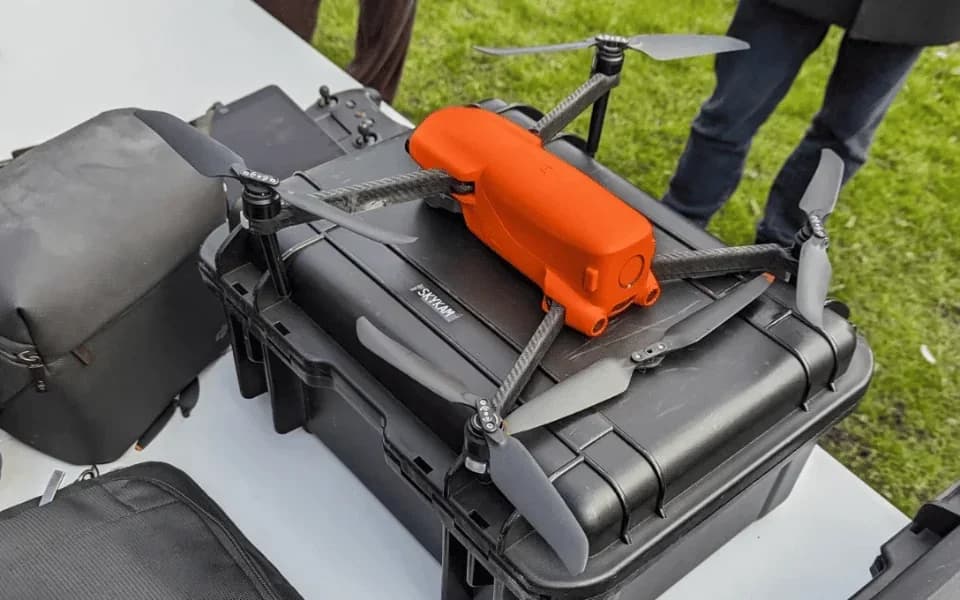
30 Second Summary
- The IMU is a drone's core sensory system measuring velocity, orientation, and gravitational forces.
- It combines accelerometers, gyroscopes, and magnetometers to track the drone's motion and heading.
- Its primary function is to provide real-time data to the flight controller for flight stability.
- The IMU enables crucial functions like autonomous flight, obstacle avoidance, and camera gimbal control.
- Regular calibration is essential to correct sensor errors, ensuring safe and reliable drone aoperation.
What is drone IMU (Inertial Measurement Unit)
Think of the IMU ([Inertial Measurement Unit]) as your drone's sensory system. It's an electronic device that constantly feels and understands your drone's every move in three-dimensional space.
You can't see it work, but it’s always on, measuring your drone's velocity, orientation, and the pull of gravitational forces. This isn't a one-time check; the IMU continuously monitors your drone's precise position and complex movements in real-time. It then reports this non-stop stream of critical data directly to the flight controller.
Why does this matter? Because the flight controller relies on this information to keep your drone stable and responsive. Without this constant feedback, your drone wouldn't know if it's level, accelerating, or turning. The IMU is what ensures you get a smooth, accurate, and controlled flight experience every time you take off, making it fundamental to your drone's operation.
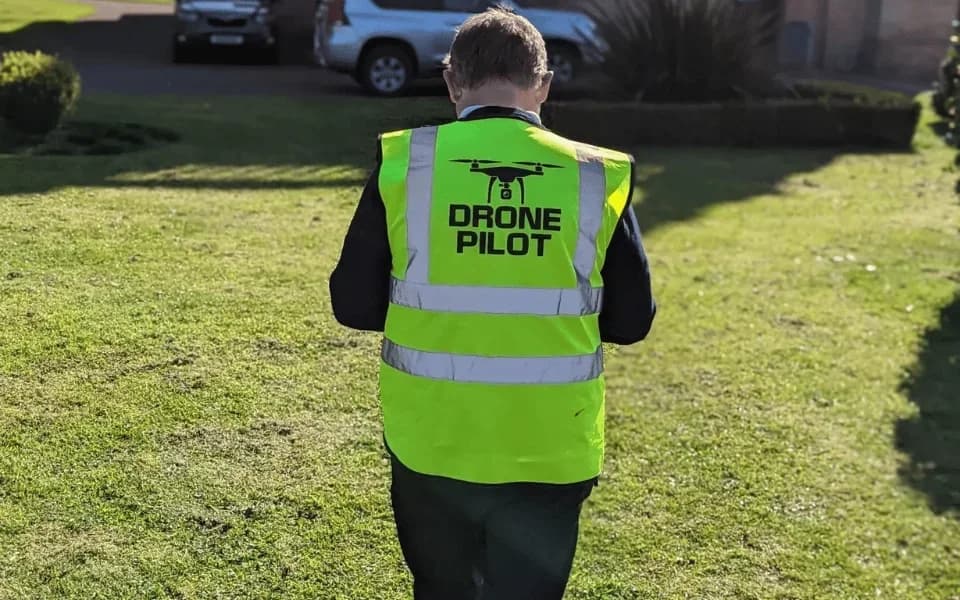
Key Components Of a Drones IMU (Inertial Measurement Unit)
A team of integrated sensors forms the core of an IMU, working together to track your drone’s motion. Inside this unit, you'll find three primary components. First, accelerometers are responsible for measuring your drone's linear acceleration. They accomplish this by detecting any changes in its velocity and tilt angles along multiple axes, providing a clear sense of its straight-line movement.
Next, gyroscopes measure the drone’s rotational velocity. They specifically track how quickly your drone is turning around its three main axes—roll, pitch, and yaw. This provides immediate feedback about its orientation changes.
Lastly, magnetometers detect the Earth’s magnetic field. You can think of them as a digital compass; they determine your drone's heading relative to magnetic north. This function is particularly important when you're flying in an area where GPS signals are weak or unavailable.
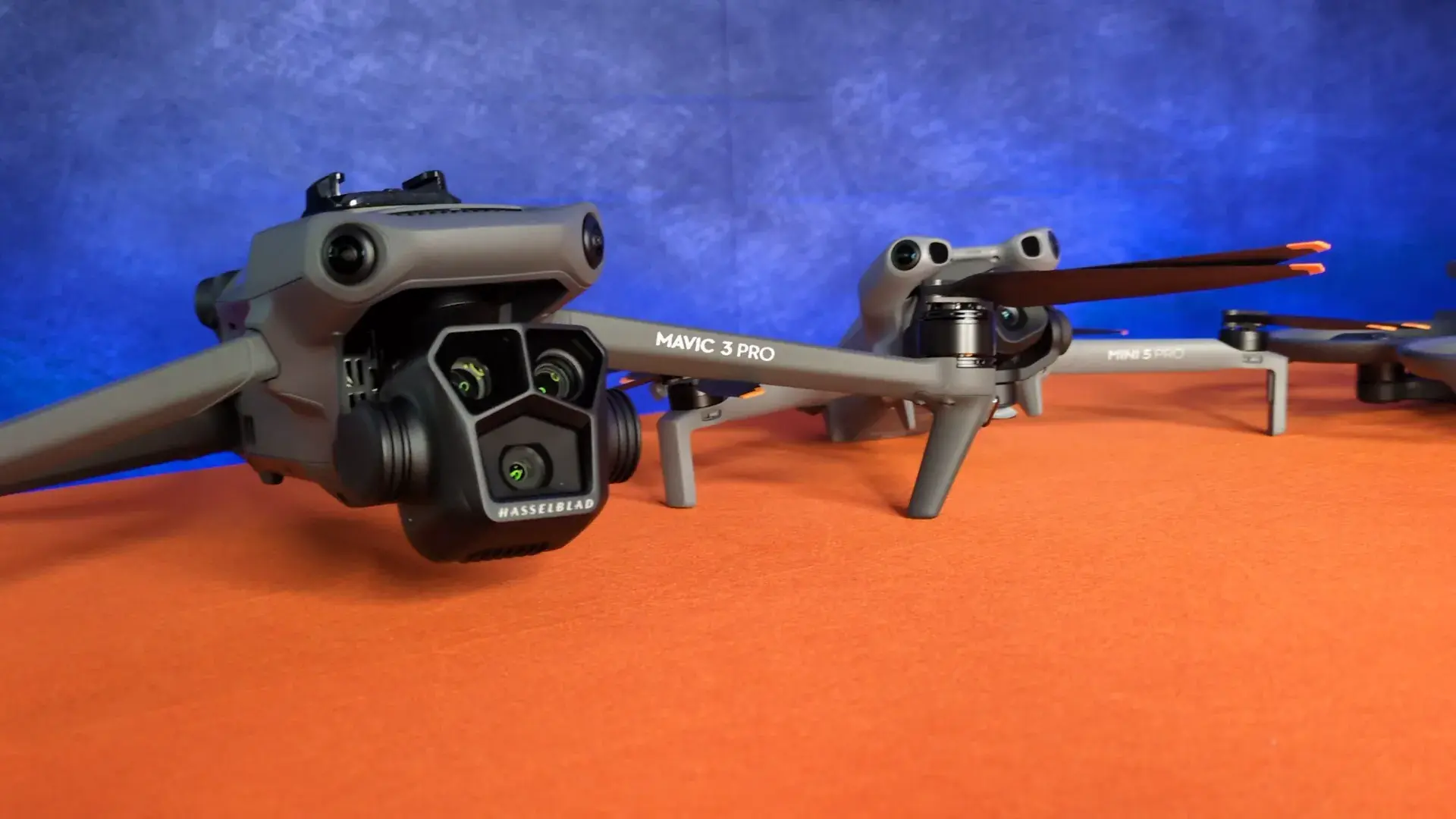
Critical Functions of IMU (Inertial Measurement Unit)
Because it provides constant awareness of your drone’s motion, the IMU is pivotal to several essential operations. First, it enables flight stability. Your IMU continuously measures rotation and acceleration along three axes, transmitting appropriate control signals to keep your drone level during flight.
It also facilitates autonomous flight. Your drone uses orientation information from the IMU to follow pre-programmed flight paths, so you don't need manual control. This is useful for automated surveying, mapping, and inspection applications.
The IMU controls your camera gimbal, too. It uses its orientation data to stabilize the gimbal, allowing you to capture smooth video and high-quality aerial photography. Finally, it supports obstacle detection and avoidance. Your drone combines the IMU's movement data with input from environmental sensors to identify and maneuver around hazards, preventing collisions. This constant data stream is foundational to safe, controlled flight.

How To Calibrate A Drones IMU
Calibrating your drone's IMU is essential for accurate flight performance, and following proper safety procedures ensures reliable results. The process typically takes a few minutes and requires careful attention to on-screen instructions and drone positioning.
Pre-Calibration Preparation
Before starting the calibration process, ensure your drone's battery and remote controller are fully charged to prevent interruptions during calibration. Choose a flat, level, and stable surface indoors, positioning the drone away from speakers, refrigerators, or large metal objects that could interfere with sensor readings. Remove the propellers from the drone to prevent accidental motor activation and ensure safety during repositioning. Update your drone app to the latest version to ensure compatibility with current firmware.
Calibration Steps
Power on both the drone and remote controller, allowing them to establish a connection, then open your companion app (such as DJI Fly or DJI GO). Navigate to the settings menu, typically by tapping the three dots in the top corner, then select "Calibrate" followed by "IMU Calibration". Tap "Start Calibration" and carefully follow the on-screen instructions, which will prompt you to place the drone in approximately five different orientations. Position the drone flat initially, then rotate it to rest on its sides (both left and right), nose-up vertically, and upside down as instructed by the app.
Safety During Calibration
Keep the drone completely stable and motionless in each position while the sensors record data—any movement or vibrations can cause calibration errors. The drone's LED lights will typically flash solid yellow during calibration and rapidly flash green when each position is complete, indicating readiness for the next orientation. Do not disturb the drone or start the motors during the calibration process. The entire calibration typically takes a couple of minutes; wait patiently for each position to complete before moving to the next.
Post-Calibration Actions
Once calibration finishes, the app will display a confirmation message—tap to acknowledge completion. Power cycle the drone by turning it off and restarting it to ensure the new calibration settings take effect. Perform a thorough pre-flight check of all systems to confirm the drone responds correctly and that stability has improved. Always calibrate the IMU when flying in a new location, after firmware updates, or if you notice flight instability issues.
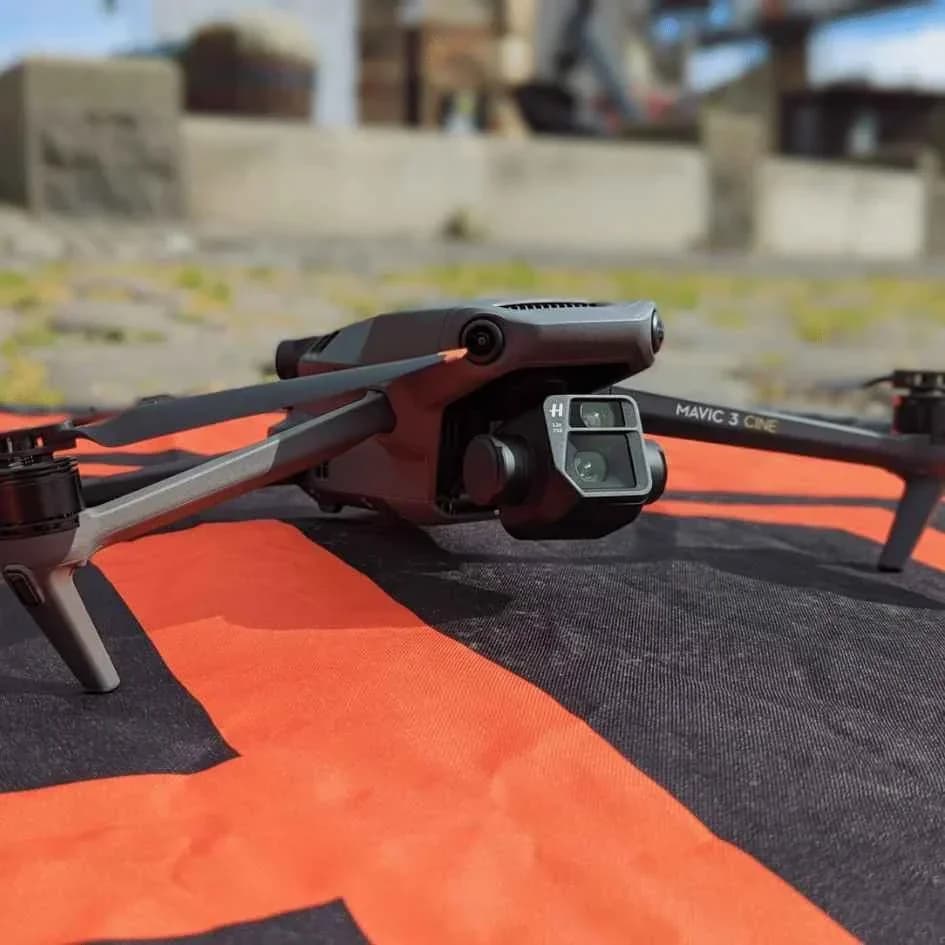
Importance of Inertial Measurement Unit for Drone Operations
Since your IMU's accuracy directly impacts flight safety and data integrity, its performance is critical to any mission. The precise flight information it provides allows your drone to avoid collisions, maintain a safe distance from obstacles, and respond promptly to environmental changes. You depend on it for stable and predictable flight.
Without a high-performing IMU, your drone's ability to navigate safely is compromised, putting the drone and anything below it at risk.
For specialized tasks like surveying, mapping, or search-and-rescue, the IMU's importance can't be overstated. It ensures your drone achieves exact positioning, which guarantees the accuracy of the vital data you collect.
However, remember that IMU sensors can accumulate errors over time. That’s why you should always calibrate your IMU before each flight. This simple step corrects these errors and helps you maintain consistently accurate flight performance for every operation.
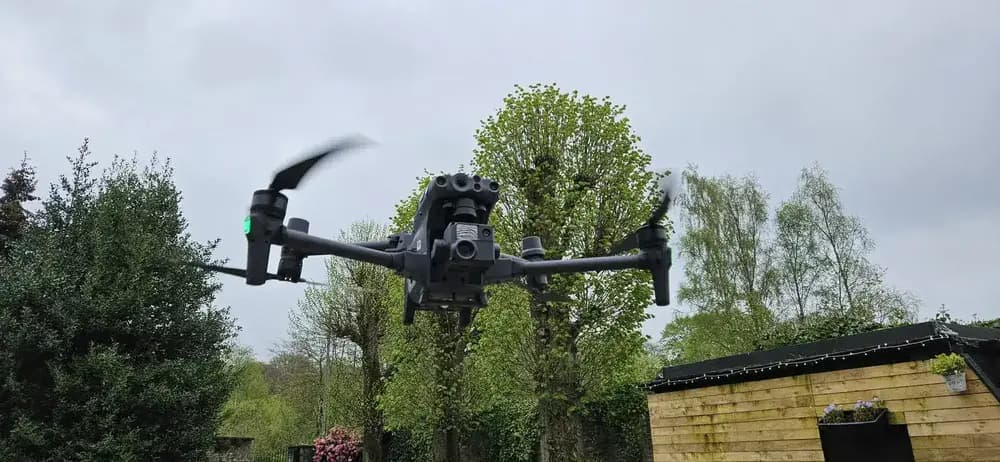
Frequently Asked Questions
How Often Should I Calibrate My Drone’S IMU?
You don't need to calibrate before every flight. Your drone’s flight app will prompt you when it’s necessary. However, you should always perform a calibration after a crash, a hard landing, or a significant firmware update. It’s also a good idea if you've traveled a long distance. If your drone starts flying erratically or drifting, a calibration is your first troubleshooting step. This routine ensures your drone remains stable and responsive during flight.
What Are the Signs of a Faulty Drone IMU?
You'll know your drone’s IMU is faulty if it drifts or wobbles uncontrollably in the air. It won't hold a stable hover, and you'll often see a constantly tilted horizon in your video feed. Your flight app will likely display an "IMU Error" warning, preventing you from taking off. In severe cases, a bad IMU can cause your drone to fly erratically or even flip over when you try to launch it.
Can Temperature or Vibrations Affect the IMU?
Yes, temperature and vibrations absolutely affect your IMU's performance. You'll find extreme temperatures cause thermal drift, where sensors provide inaccurate orientation data. However, vibrations are often a bigger problem. They can overwhelm the gyroscopes and accelerometers, leading to instability, erratic flight, and shaky video. You must isolate your IMU from vibrations and avoid flying in extreme temperature shifts to ensure your drone flies predictably and maintains stable control during its operations.
How Do the IMU and GPS Work Together?
You’ll find they work as a complementary team using a process called sensor fusion. Your drone's GPS provides an accurate, absolute position, but its updates are slow. The IMU offers fast, continuous updates on acceleration and orientation, but it drifts over time. The GPS constantly corrects the IMU's positional drift, while the IMU fills in the gaps between GPS signals. This gives your drone a smooth, stable, and precise understanding of its movement.
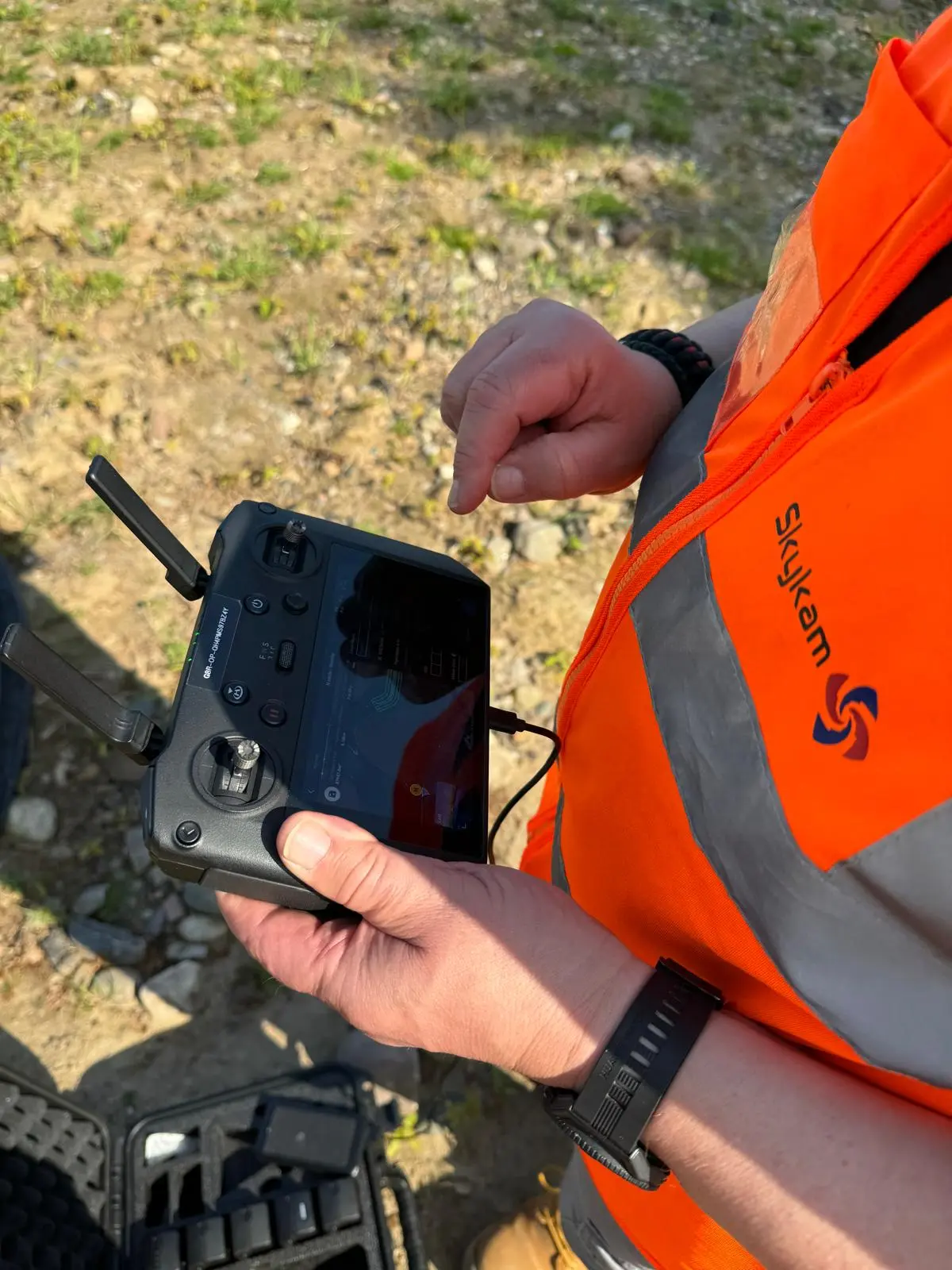
What Is IMU Drift and How Is It Corrected?
IMU drift is when tiny sensor errors accumulate, causing your drone to slowly lose track of its true position and orientation. It’s a cumulative error that worsens over time. To correct it, your flight controller doesn't just trust the IMU. It constantly fuses that data with external references. You use GPS to correct positional drift and a magnetometer to fix your drone's heading, ensuring its awareness remains accurate throughout the flight.
Ensure Flight Stability and Data Accuracy with Vetted Drone Pilots
The success of any professional aerial mission, from site surveys to creative videography, hinges on the precision that a properly functioning and calibrated IMU provides. Relying on chance for this critical pre-flight check is a significant risk to your project's data, timeline, and budget.
This is precisely the challenge HireDronePilot solves. As the UK's premier managed marketplace, we specialise in connecting businesses with verified professional drone pilots for hire. Our network members are not just flyers; they are certified experts, holding qualifications like the GVC, who understand the technical nuances of ensuring drone stability and data integrity through meticulous IMU management.
Our unique platform allows you to streamline drone services through competitive bidding, ensuring you get the best expertise at a fair price. We are committed to ensuring quality, compliance, and value for every aerial project across the United Kingdom. With our vetted professionals, you can be confident that every technical detail, including crucial sensor calibrations, is handled correctly.
Don’t let sensor errors or improper setup compromise your mission. Find the right drone expert for your project and guarantee the stable flights and precise results your work demands.
About the Author

Written by
Peter Leslie
Peter Leslie is a CAA-approved commercial drone pilot with 10+ years experience and over 10,000 flight hours. He holds the GVC and A2 CofC drone licences with full CAA Operational Authorisation. Peter is a member of ARPAS-UK, the UK's non-profit trade association for the drone industry. He founded HireDronePilot to connect UK businesses with qualified, insured drone operators.
Looking for More Drone Work?
Join the UK's leading network of professional drone pilots and grow your business.
Open Access
Bid on any job - all jobs open to all pilots
Grow Revenue
Access high-value commercial projects
Stay Busy
Fill your schedule with regular work
Related Articles

Our Drone Survey Service In Stirling, Scotland
Bringing you Stirling drone survey data from areas no one else can fly.

How Much Does A Drone LiDAR Survey Cost
Forecasting your drone LiDAR survey cost requires understanding what's hidden beyond the initial quote.

Step By Step Process Of Drone LiDAR Survey
Next, discover the crucial post-flight steps that determine your survey's success.
